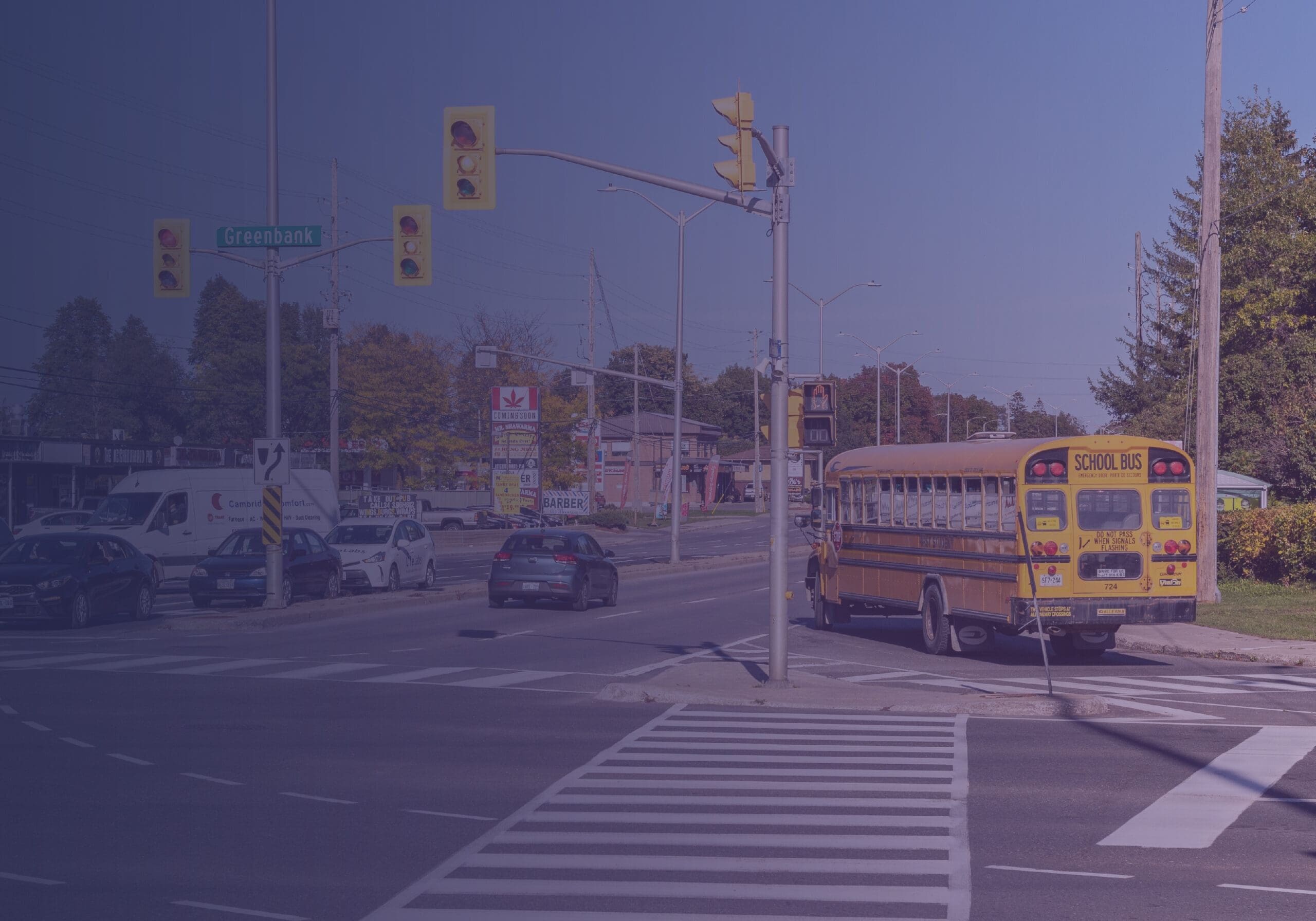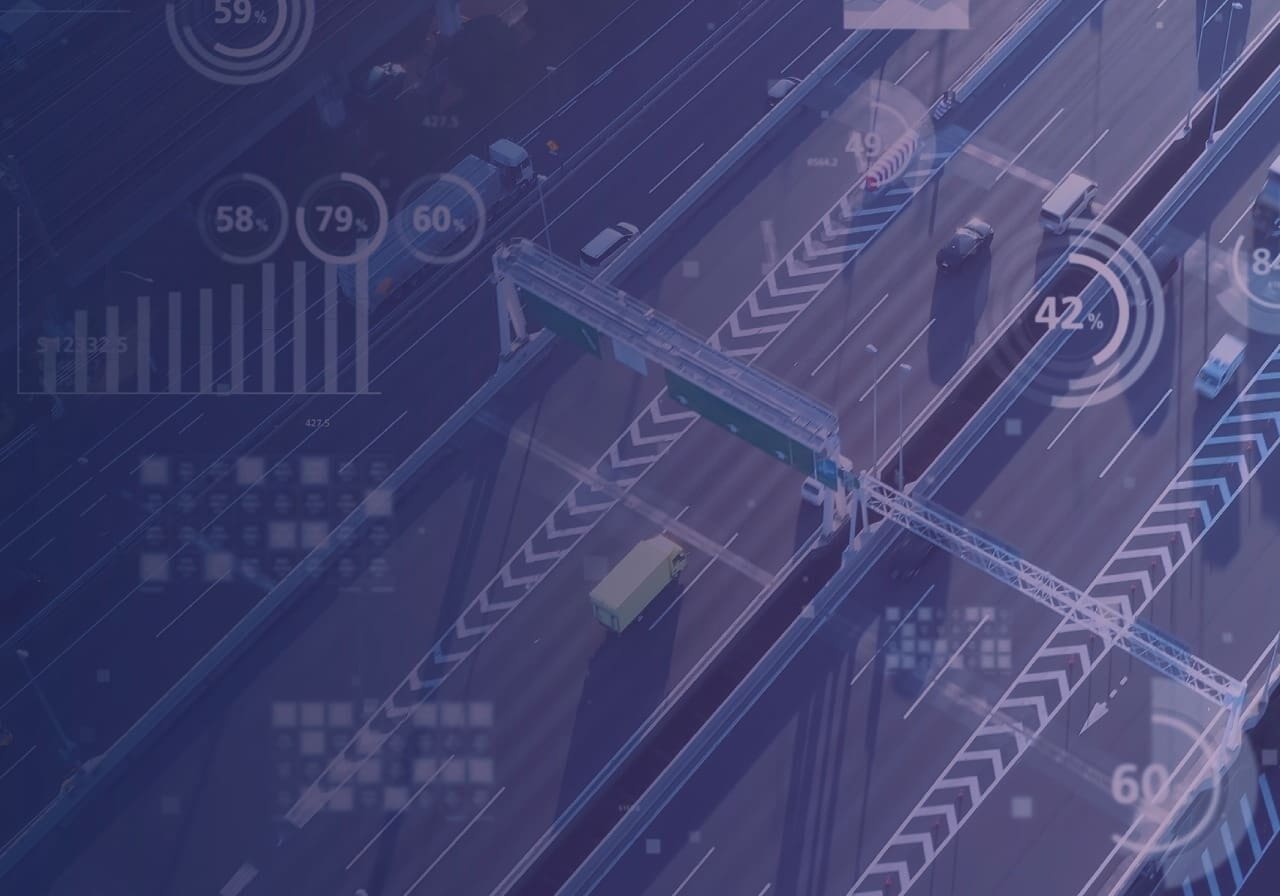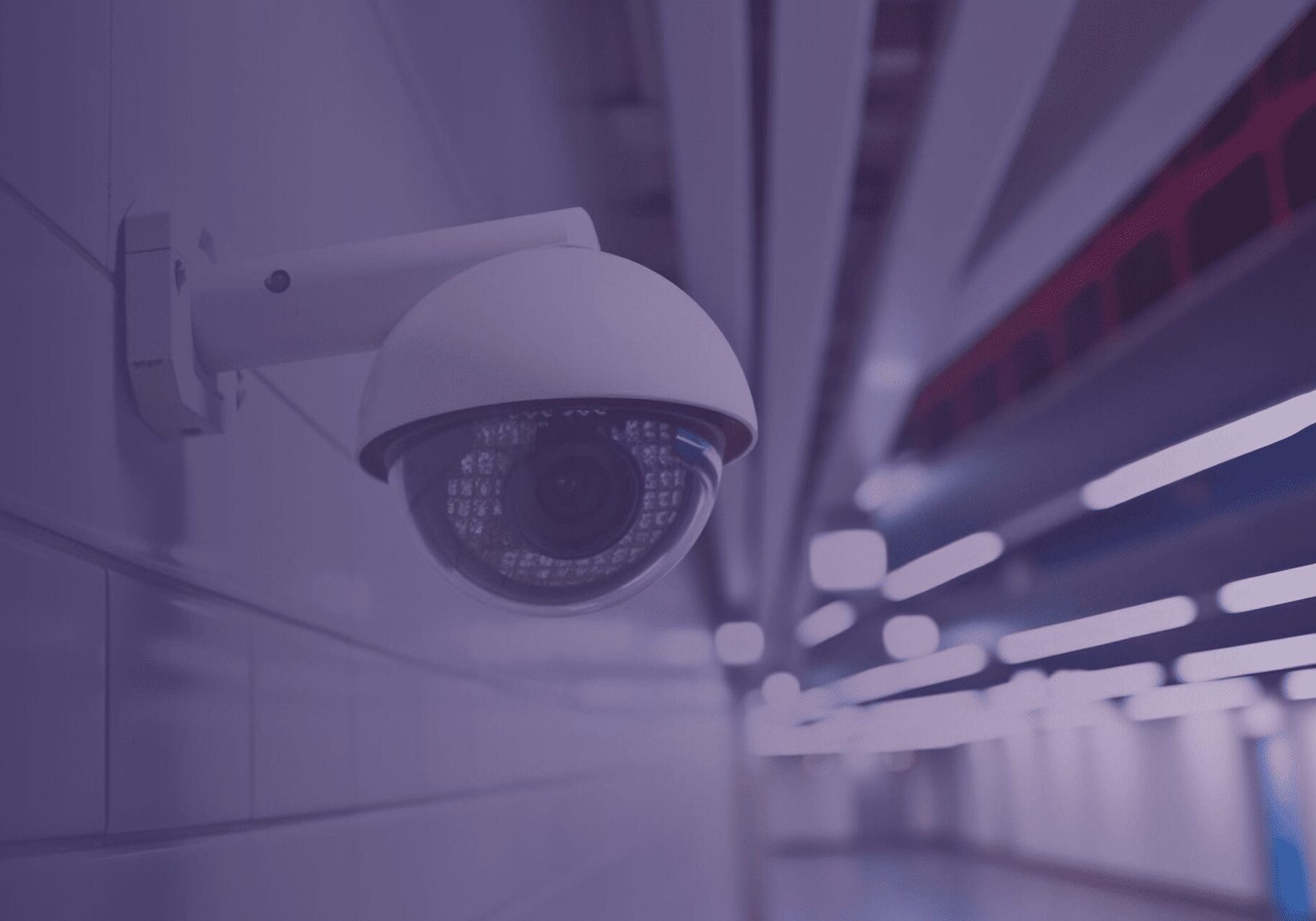What Is Smart Traffic?
What’s the state of traffic in your local area? If your community is currently suffering from heavy congestion or you have analyzed emerging growth patterns and have determined that traffic is going to get worse because of new residential and business development, it’s crucial to get ahead of the problem as soon as you can.
Whether you are a city or county planner, a professional traffic engineer or are involved with public safety and first responder efforts in the community, it makes sense to turn to modern technology and software solutions to improve the quality of life for local constituents.
This is where artificial intelligence, machine vision and the Internet of Things can help immensely. Read on for details about smart traffic and how it can make an impact in your city or region.
Traffic and Smart Intersections
For better insight into how smart traffic setups work, here are the main components that go into making such a system:
* Cameras:
With your traffic cameras connected to the system, it will keep track of the flow of vehicles with machine vision. This is a far cry from hiring people to stand on a corner to count the passing trucks and cars over a given time.
Of course, a smart traffic system allows you to keep track of such information everywhere, at all times, instead of being limited to where your limited labor pool can do these same rote tasks.
* Sensors:
With sensors to detect how fast traffic is moving, or when it is at a standstill, or even the weight of vehicles, you can predict how well your streets are supporting the increase in vehicular movement. A larger volume of heavier trucks will cause more wear and tear than standard commuter vehicles, for example, which can help you plan for such events as expanding streets to add more lanes.
* Universal IoT Gateway:
A single gateway serves to collect, process and disseminate the relevant data that your Internet of Things devices, which can include traffic sensors and even data coming from each car.
* Artificial Intelligence:
Artificial intelligence, also referred to as machine learning, is able to crunch through large volumes of disparate information to give you useful patterns and an ability to make sense of and control the flow of traffic more effectively in the community.
* IoT:
The Internet of Things devices connected to your system can give you more insight and data to help keep traffic running more smoothly.
* 3rd-Party Systems:
Sometimes you will need information from exterior sources to round out your smart traffic system. For example, you can use details from the national weather service to account for potential snags when conditions make driving more challenging.
And in locations where you do not currently have cameras set up but need to know what the conditions on the ground are, you can feed Google Traffic data into the system to make up for the lack of information.
Examples of Use Cases, for Smart Traffic in Action:
Boost Pedestrian Safety
Use Vision Zero, our program that’s designed to achieve zero pedestrian deaths.
A smart traffic system will alert you to and document such actions as illegal U-turns, near misses and a variety of crosswalk information. For example, you will discover how long it takes people to walk across the street and how often cars are going over the traffic line.
Analyze Traffic Data
Instead of putting up with the traditional route of conducting studies with traffic cables or single point in time human analysis, EPIC IO is able to provide you with real-time data all the time, rather than making you wait for information to come, in a much more limited set.
Useful Data at the Intersections
You can use your intersections to do more than conduct studies of pedestrian safety and analytics. With the help of our system, you can use Smart Traffic technology to do things like detect commercial vehicles, including when they appear and how often they roll through your community.
It’s also well-suited for License Plate Recognition, which aids law enforcement in detecting stolen vehicles or finding suspects based on the car they drive. The mechanized system can help you improve safety with speed sensing, showing which streets are more prone to scofflaws who exceed the posted speed limits.
Then there is the benefit of having microphones connected to your system, because they can provide you with loud-noise alerts that occur during accidents or weapons discharge.
Is Smart Traffic in the Future for Your Community?
The benefits of using a smart traffic system include giving a city better insight into its traffic patterns as well as pedestrian activity. This goes a long way toward understanding your total city operations, for purposes of budgeting, planning and public safety. What’s more, the artificial intelligence and deep learning allow you to construct predictive models to better understand the future needs of your community.
At EPIC IO, we are focused on delivering AI and IoT solutions, using our DeepInsights™ Platform, which connects systems from edge computing in Internet of Things and other local data sources, to the core to the cloud where all the data is readily accessible.
To learn more about our approach to artificial intelligence and how our smart traffic solution can help you with creating a modern, smart traffic system, please connect with us today.








